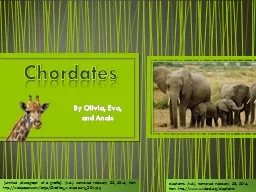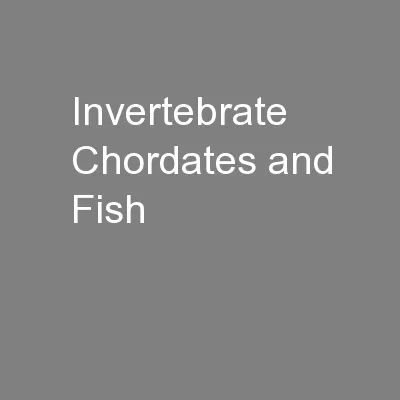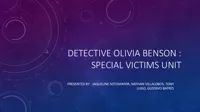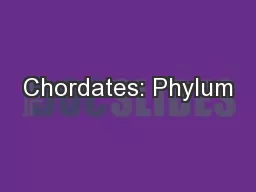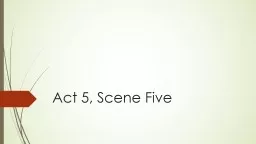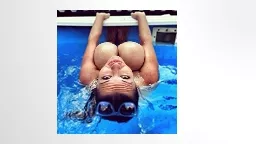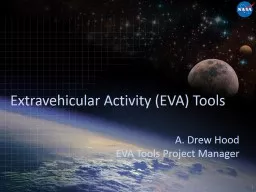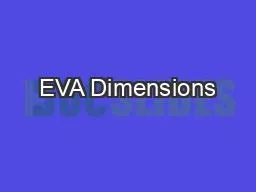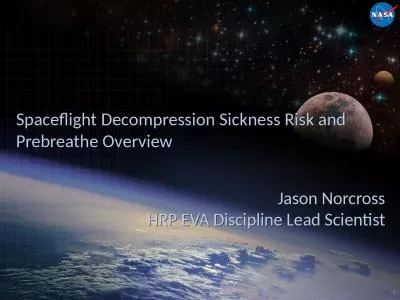PPT-Chordates By Olivia, Eva, and
Author : trish-goza | Published Date : 2019-11-24
Chordates By Olivia Eva and Anais Untitled photograph of a giraffe nd Retrieved February 20 2014 from http wakpapercomlargeGiraffeswallpapers331jpg Elephants
Presentation Embed Code
Download Presentation
Download Presentation The PPT/PDF document "Chordates By Olivia, Eva, and" is the property of its rightful owner. Permission is granted to download and print the materials on this website for personal, non-commercial use only, and to display it on your personal computer provided you do not modify the materials and that you retain all copyright notices contained in the materials. By downloading content from our website, you accept the terms of this agreement.
Chordates By Olivia, Eva, and: Transcript
Download Rules Of Document
"Chordates By Olivia, Eva, and"The content belongs to its owner. You may download and print it for personal use, without modification, and keep all copyright notices. By downloading, you agree to these terms.
Related Documents

